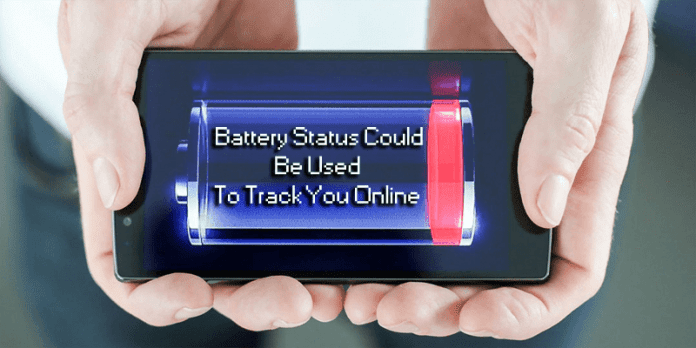Security experts from the Princeton University found that through the battery status of the smartphone, the advertising companies can easily track our behavior to get identified as well as also can monitor us and can keep track on the way we surf the web.
Your Smartphone’s Battery Status Could Be Used To Track You Online
Unsurprisingly advertising companies look for every possible way to be able to identify users and standardize their behavior and then deliver targeted advertising.
There are new forms, increasingly elaborate, to get to this identification. The most recent, which proved to be used is the battery status, yes now many of you might be thinking that how through the battery status they track us online.
According to the team from Princeton University, they found that through the battery status of the smartphone, the advertising companies can easily track our behavior to get identified as well as also can monitor us and can keep track on the way we surf the web.
This technique is not new, already in 2015 a group of researchers were able to prove that, in theory that you could use the Battery Status API to be able to identify users. This API, created by the W3C, you just have to allow the browser to give the information regarding the battery status of the smartphone to the websites, hence, the time it took to download, at the same time it takes to load again which enable the site to adapt the state of the device.
But until that moment it was just a theory, a recent investigation failed to prove that this technique is already in use and various advertising services already have scripts hosted on sites that can identify users behaviors just through the battery status of their devices.
Investigators were able to determine that this method is highly reliable and can identify any user with a degree of fault 1 in 14 million. The worst thing is that even with the use of VPN or the browser’s incognito mode this data can be accessed.
However, to identify a user who is taken into account the percentage of the battery and the time of discharge or charge. Together with other factors can recreate the navigation of users and thus draw you a profile.
All this information is passed by the browser without the user permission, hence without any willingness advertising companies deliver ads to the user. The purpose of this API was different and therefore its implementation did not take into account the authorization.
There are already several ideas to limit the use of the Battery Status API and with some browsers, users can simply remove it, which simply makes it possible to keep users away from this type of tracks and help them to stay protected.



